Winter workout prep
Baby, it's cold outside, but that doesn't mean you should be stuck on the treadmill. Exercising in the fresh air (even when it's nippy!) has good-for-you benefits—just five minutes can boost your energy and mood. The key is to know how to avoid cold-weather mishaps. Follow these tips from Jonathan Cane, president of New York City's City Coach MultiSport, a coaching resource for runners and triathletes.Don't dress for Siberia
Wearing layers is important, but don't overdo it. Dress as though it's 20 degrees warmer than the actual temp. "You want to feel a little chilly when you start," Cane says. "Once you get going, your body temp will rise, and you'll feel warmer."Think nylon, not cotton
Start with a base layer top made of a sweat-wicking fabric like Dri-FIT. (Steer clear of cotton, which traps moisture and draws heat away from your body.) Running tights will usually keep your legs warm, but if it drops below 20 degrees, switch to a fleece-lined pair.Add a windproof yet breathable zippered jacket (think nylon). If it's supercold (below freezing for most, though it depends on your cold tolerance and pace), add a Dri-FIT middle layer. Don't forget a moisture-wicking hat and pair of gloves. And to make sure you're seen in winter, wear reflective clothes.
Prep before you step
Cold muscles are less flexible, so to prime them, start with a brisk walk or light jog. "This warms your core, increases blood-flow to your muscles, and lubricates your joints," which will help you move more efficiently and burn more calories, Cane notes. To lessen your risk of pesky pulls and strains, save stretching for post-run, when your muscles are looser. But step inside first—cold air mixed with sweat can give you major chills.Keep your stride slip-free
Don't be afraid to pound the powder unless it's icy. (Slick surfaces offer less traction, which ups your chances of slipping.) Snow running is similar to grass or dirt running, Cane explains. The unstable ground adds resistance, making you engage your core and work your body harder. Just be sure to shorten your stride to prevent nasty slips and spills.Credit: Getty Images
The Best Energy Bars
Drink up!
Drier air in winter can lead to dehydration, so don't slack on sipping.http://www.health.com
 9:20 AM
9:20 AM
 About the World
About the World
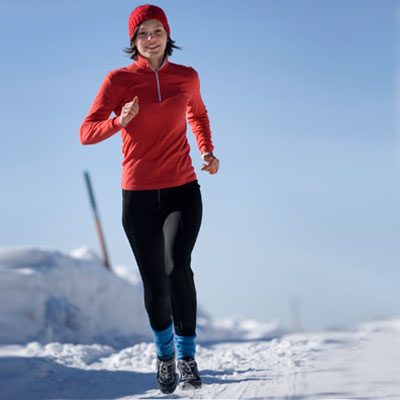
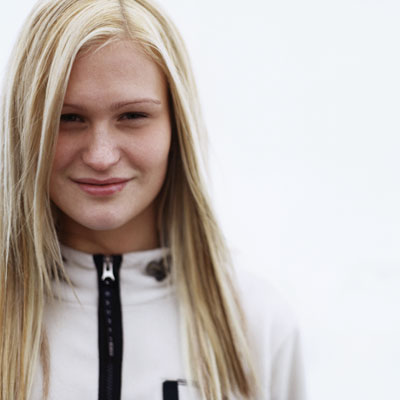
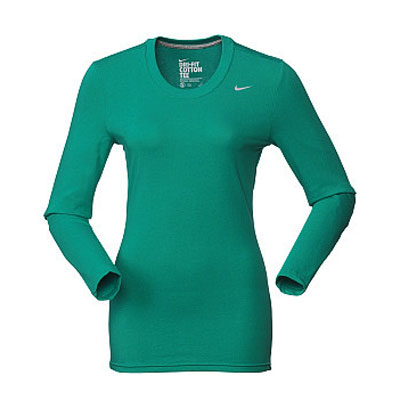

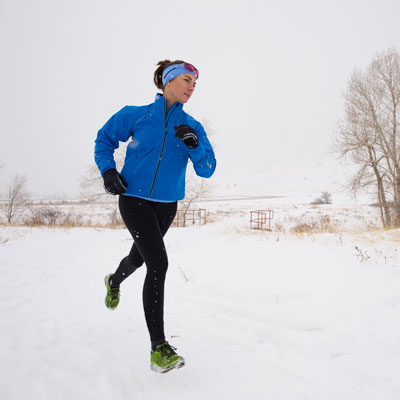
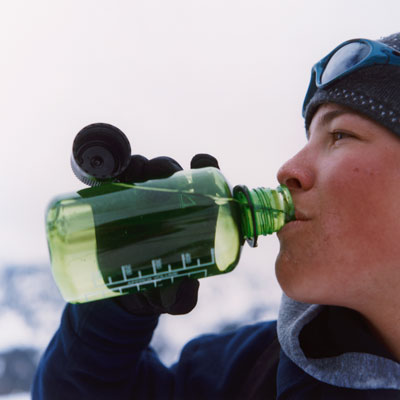


0 comments:
Post a Comment